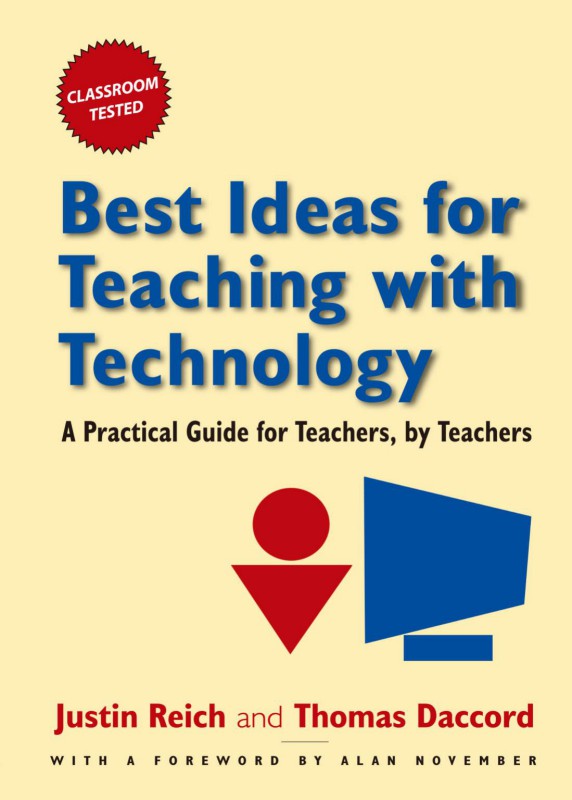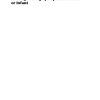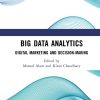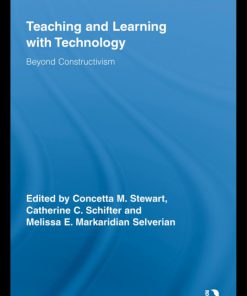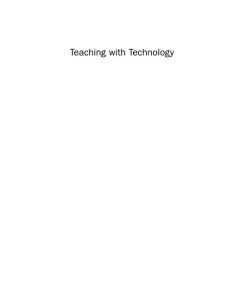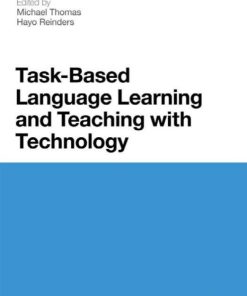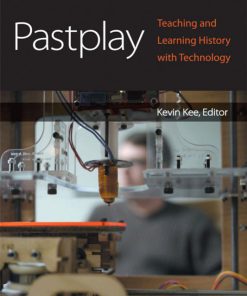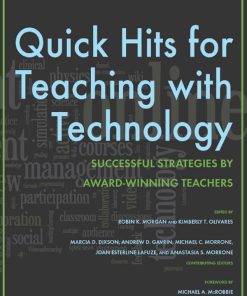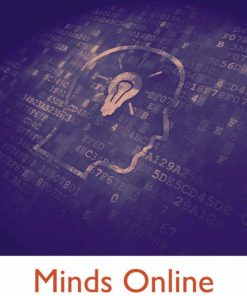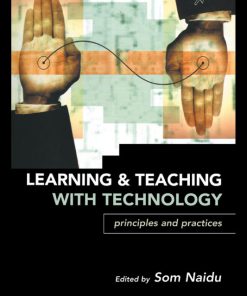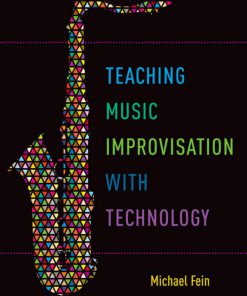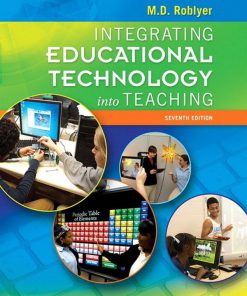(Ebook PDF) Best Ideas for Teaching with Technology 1st edition by Justin Reich, Tom Daccord 1317476026 9781317476023 full chapters
$50.00 Original price was: $50.00.$25.00Current price is: $25.00.
Authors:Reich, Justin,Daccord, Thomas , Series:Education [244] , Author sort:Reich, Justin,Daccord, Thomas , Languages:Languages:eng , Published:Published:Jan 2015 , Publisher:Rouledge
Best Ideas for Teaching with Technology 1st edition by Justin Reich, Tom Daccord – Ebook PDF Instant Download/DeliveryISBN: 1317476026, 9781317476023
Full download Best Ideas for Teaching with Technology 1st edition after payment.
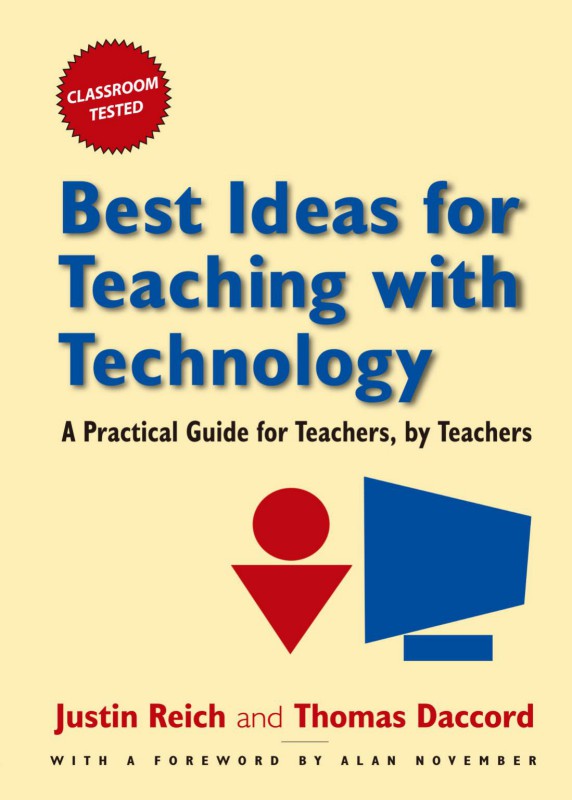
Product details:
ISBN-10 : 1317476026
ISBN-13 : 9781317476023
Author : Justin Reich, Tom Daccord
This practical, how-to guide makes it easy for teachers to incorporate the latest technology in their classes. Employing an informal workshop approach, the book avoids technical jargon and pays special attention to the needs of teachers who are expanding the use of computers in their classrooms. The authors focus on what teachers do and how they can do it better, and provide a wide variety of proven tools, tips, and methods for enhancing these activities with technology.”Best Ideas for Teaching with Technology” provides extensively illustrated tutorials for a wide variety of software, online tools, and teaching techniques. It covers everything from lesson plans, to time management, how to show animation, blogging, podcasts, laptop strategies, and much, much more. In addition, periodic updates to the text will be available on the authors’ website.
Best Ideas for Teaching with Technology 1st Table of contents:
1 Lectures: Enhancing Teaching and Learning with Multimedia
Introduction
Multimedia Presentations with Images, Video, and Audio
Prepared Presentations with PowerPoint, Impress, and Keynote
Making and Editing PowerPoint Presentations
PowerPoint as an Activity: Engaging Students with Presentations
Searching for Images, Audio, and Video: How to Find All That Good Stuff in the First Place
Searching for Images with Google Image Search
Searching for Audio and Video with AltaVista
Searching for Audio and Video with Google
Ten Ideas for Teaching with Multimedia
Using Video in the Classroom
Bookmarking
BrowserPoint: Simple Web site Presentations with Tabbed Browsing
Creating BrowserPoint Presentations
Advanced BrowserPoint
Examples in BrowserPoint
Projectors: Sharing Your Screen with the Classroom
Getting Started with Projectors
The Natives Are Restless: Dealing with Native Resolutions
Should You Buy your Own Projector?
Getting Data into Your Classroom
Lugging the Lappy
Thumb Drives
Portable Music Players as Hard drives
Online Storage and Saving
Final Thoughts
2 Discussion and Communication
Introduction
Creative Uses of Email
Using Email to Jump-start a Class: Daily Warm-Up
Reaching Outside the Classroom: Emails to Authors and Other Professionals
Writing Letters to the Editor and Submitting Editorials
Using Email to Connect Your Students to the World: ePals
Educational Uses of Blogging
Breaking Down the Blog
Best Practices in Educational Blogging
Ten Things to Do with Your Class Blog
Setting Up a Blog
Blog Types: single Class Blog, a Blog for each student, or Both?
Examples from Real Classroom Blogs
Advanced Features in Blogger
Blogging Logistics … Blogistics?
Blog Protocol and Privacy Issues
Blogging and RSS
Collecting and Reading RSS Feeds with Bloglines
Select Examples of Blogging Activities for the Classroom
Edublogging Assessment
Other Blogging Resources
Chatting
Sample Assignment for a First In-Class Chat
A sample Chatting exercise on the Bhagavad-gita
Basic guidelines for Chat groups
Starting a Chat Room with Chatzy
Bringing the World into Your Room: Skype and iChat
Skype
iChat
Some Hints for Better Calls and Videoconferences
Final Thoughts
3 Note Taking and Organization
Introduction
Beyond the Trapper Keeper: Keeping Students Organized Online
Find a Place to Save
Online Student Portfolios: A System for Saving
Taking Notes with Computers
Software Tools for Taking Notes
Using Word Processors for Taking Notes: Microsoft Word, Apple’s Appleworks, or open office Writing
Non linear Note Taking with Graphic organizers
The Future of Note Taking: Tablet PCs in the Classroom
Tracking Class Participation
Class Scribe: Sharing Class Notes Created by One Student
Taking One for the Team: Collaborative Note Taking
Final Thoughts
4 Guided Inquiry
Introduction
Online Scavenger Hunts
Examples of Web Site Scavenger Hunts
Designing Online Scavenger Hunts
More Design Tips
Finding and Editing Scavenger Hunts from the Web
Assessment for scavenger Hunts
Virtual Tours
WebQuests
Finding WebQuests
Evaluating WebQuests
Modifying WebQuests
Creating WebQuests in the QuestGarden
Creating WebQuests in a Word Processor
Final Thoughts on WebQuests
Google Earth
Three Steps to Getting Started with Google Earth
Three More Steps to Using Google Earth Tools
Google Earth Hacks
Google Earth in the Classroom
Editing a Google Earth File
Select Web Sites for Guided-Inquiry Activities
Two Tools for Creating Guided-inquiry Activities
Ten Outstanding Guided-Inquiry Web Sites in Humanities
Final Thoughts
5 Open Research
Introduction
“Why Johnny Can’T Search”: Searching with Key Terms
Helping You and Your Students Evaluate Web Sites
Citing Web Sites
Research Journals
Google: For Better or Worse, the Number One Student Research Tool
“Active” Google Searches
“Proactive” Google searches
Search Directories
Library Catalogues
Grokker Visual Searching
Five Online Collections
LexisNexis
Thomson Gale Powersearch (Formerly Known as Infotrac)
EBSCOHost Research Databases
ABC-CLIO
ProQuest Databases
Final Thoughts
6 Homework
Introduction
Equity and Access
By the Numbers
A Thumbs-Up to Making Computer Work Portable
Assigning Online and Computer Homework
Online Homework Templates
Long-Term Assignments
Rotating Responsibility
What to Do for Homework?
Reading
Watching and Listening
Researching
Writing
Playing
Collaborating
Examples of Short-Term Online Assignments
Final Thoughts
7 Writing
Introduction
Standard Formatting
Pre-Writing and Brainstorming
Inspiration and FreeMind
Inspiration
FreeMind: A Free Alternative to Inspiration
From Pre-Writing to Polishing: Best Practices for Writing with Word Processors
Pre-writing with Word Processors
Improving Writing Before Typing a Single Word: Setting Word’s Grammar Preferences
Working with Word’s Spell-Check Tool
Improving Writing with Word Count
Improving Writing with the Find Command
Saving Files
Peer Editing with Word Processors
Beyond the Essay: Using Word Processors to Devise New Assessments
Editing with a Twist
Writing Newspapers or Magazines
Merry-Go-Round Tales
Writing to Others: Letters to the Editor, Editorials, and Communicating with Other Real People
Writing Collaboratively with Wikis
Why Wiki?
Anatomy of a Wiki
Four Wiki Examples
Your First Wiki Project
Final Thoughts
8 Student Presentations
Introduction
Student PowerPoint Presentations
Teaching PowerPoint
PowerPoint Design Hints for Students
Using Narration to Create Stand-Alone PowerPoint Presentations
Recording and Editing Audio for Podcasting
Podcasting Defined
Podcasting in Education
Podcasting Project Example: “A Day in the Life of a Hobo” Radio Project
Planning a Podcasting Activity
Recording Audio into a VoiceThread
Recording Audio onto an iPod
Editing Audio on Apple’s GarageBand2
Editing Sounds on PC Computers with Audacity
Sharing Your Sound Files
Publishing Your Podcast with Odeo
Mobile Podcasting
Screencasting
Capturing a Video Recording of Your Screen with Screencast-o-Matic
Building Simple Web Sites with Google Page Creator
Ten Ideas for Student Web Site Projects
Getting Started with Google Page Creator
Final Thoughts
9 Assessment and Grading
Introduction
Online Tests and Quizzes
Finding Online Tests and Quizzes
Creating Your Own Online Test and Quizzes with Quia
Sample Online Tests and Quizzes
Giving Tests in an Online Environment
Designing Online Assessments with Templates
Electronic Commenting And Grading
Receiving Assignments
The Basics: Bold, Color, Parentheses, and Highlighting
Useful Editing Features in Microsoft Word for Grading: AutoCorrect and Track Changes
Online Rubrics: Finding Them, Designing Them, and Grading with Them
Creating Rubrics with Rubistar
Electronic Gradebooks
An Easy Grade Pro Tutorial in Ten Steps
The New Frontiers of Online Plagiarism
Paper Mills
Copying and Stealing from Friends and Classmates
Sloppy Research Habits
Preventing Plagiarism
Detecting Plagiarism
Getting Started with Turnitin.com
Final Thoughts
10 Class Management
Introduction
Teaching Strategies for Computing Environments
Email: Getting on the Same Electronic Page
Getting Started with Gmail
Course-Management Systems
Setting Up Your Own Class Web Site
How Web Sites Work
Blogs as Class Web Sites
Free Teacher Web Sites
Starting Up Your Own Web Site
You and Your It Department
Acceptable Use Policies
Online Safety and Health
Which Sites Should Schools Ban?
Recommended Professional Development Resources
People also search for Best Ideas for Teaching with Technology 1st:
technology ideas for teachers
technology ideas for students
technology ideas for the classroom
ideas for using technology in the classroom
best ways to use technology in the classroom

